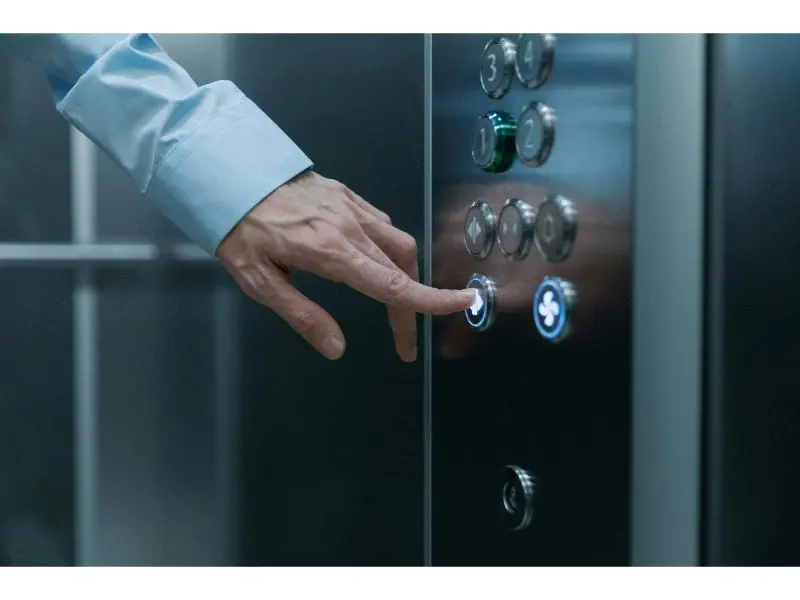With increasing frequency, building property managers and owners are getting proposals for work to be done on their elevators.
Common Questions from Building Managers
When this happens, buildings can often have several questions, such as these:
- Is this elevator proposal covered in my contract?
- This proposal is so expensive. Do I have to pay for this proposal?
- Is this scope of work going to solve my problem?
- I just had work done on my elevator and spent a ton of money and I’m still having the same problem. What should I do?
The truth is, that most building managers do not have the knowledge or experience to answer these questions. This is where an elevator consultant can help a property manager and owner.
The Impact of Deferred Maintenance
The increase in proposals can be attributed to the lack of maintenance elevators have historically been receiving. Deferred maintenance has been a constant issue for buildings, and the result is inefficiencies such as shorter life cycles, downtime, and repairs. This trend is happening throughout the country.
Analyzing Maintenance History
The first step to understanding the need for the proposal is to analyze the past maintenance history on the building’s vertical transportation equipment. It is common for buildings to not have the maintenance history of their equipment despite it being a code requirement. Most buildings rely on the elevator service provider for the records when it is the building’s responsibility.
The building can fail inspection for not having maintenance records and is a common reason for failing inspection.
Solutions for Maintenance History
An easy solution for this common problem is the ElevatorApp, an elevator monitoring software or a simple log book kept by the building.
Working with an Elevator Consultant
If the maintenance history is not available, then the elevator consultant must rely on other information to determine if the proposed scope of work is necessary. Once the work is determined, the elevator consultant will then communicate/coordinate with the elevator service provider on the situation until it is resolved. The elevator consultant and the building can set up a process to eliminate these proposals. The building can then focus on running the building and cut down on unnecessary time spent on elevators.
